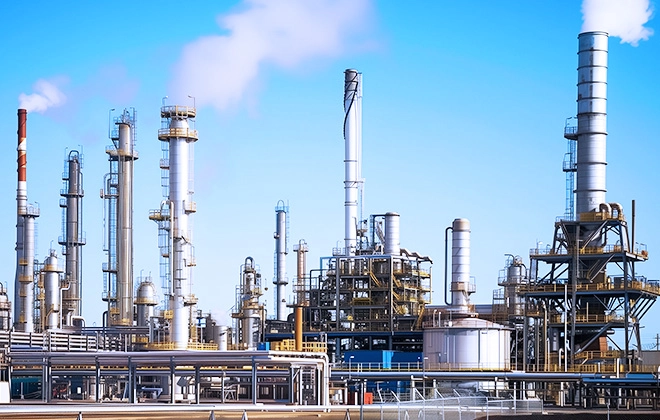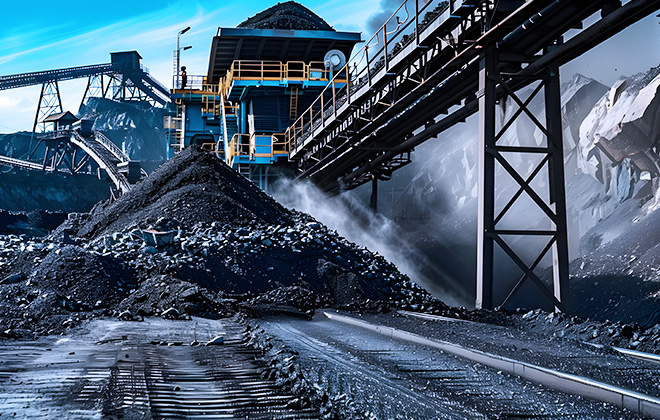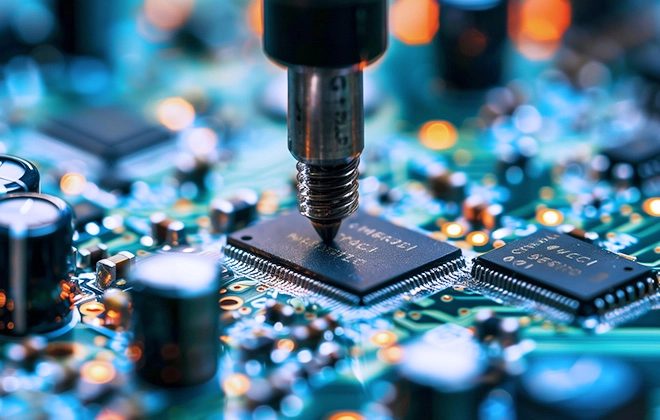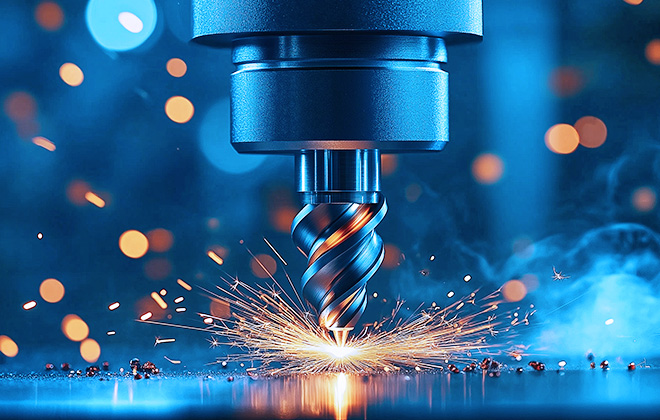Choose Your Site
Global
In the modern industrial world, the demand for on-site oxygen generation is skyrocketing—and for good reason. Whether it's in healthcare, metallurgy, water treatment, or food processing, industries are moving away from traditional oxygen cylinders and embracing PSA (Pressure Swing Adsorption) oxygen generators. But what exactly are they?
A PSA oxygen generator is a specialized system designed to produce high-purity oxygen from atmospheric air. Unlike traditional oxygen supply methods, PSA generators offer a cost-effective, energy-efficient, and reliable alternative. These systems work by separating oxygen from the nitrogen in ambient air through the use of adsorbent materials—primarily zeolite molecular sieves (ZMS).
The primary appeal lies in their ability to generate oxygen on demand without the need for refilling logistics, or dependency on third-party gas suppliers. This self-sufficiency, combined with low maintenance requirements and long-term cost savings, makes PSA generators a favorite across industrial sectors.
But how do they work, and what industries benefit the most from this technology? Let’s dive deeper.
To understand PSA oxygen generators, it helps to know the basic composition of air: about 78% nitrogen, 21% oxygen, and 1% other gases. A PSA system is engineered to isolate the oxygen component by using a process known as pressure swing adsorption.
Here's how it functions in simplified steps:
Air Compression and Filtration: Ambient air is first drawn into the system through a compressor. The air passes through filters that remove dust, oil, and water vapor.
Separation with Absorbent: The purified air is then fed into twin adsorption towers filled with zeolite molecular sieves. ZMS selectively adsorbs nitrogen while allowing oxygen to pass through.
Pressure Swing Cycle: While one tower is adsorbing nitrogen, the other regenerates by depressurization, releasing the trapped nitrogen and preparing for the next cycle.
Oxygen Collection: The remaining gas, now consisting of over 90% pure oxygen, is collected and sent to a buffer tank for immediate or future use.
This continuous cycling process—switching between adsorption and regeneration—ensures a consistent supply of oxygen with high purity (typically 90% to 95%).
Compared to cryogenic separation or delivered gas cylinders, PSA systems offer a streamlined, compact, and more environmentally sustainable solution.
PSA oxygen generators are highly versatile and can be found across a broad spectrum of industries. Here's a breakdown of where and how they're used:
Perhaps the most critical application is in hospitals and clinics. PSA generators ensure an uninterrupted oxygen supply for patients, particularly in intensive care units, operating theaters, and emergency departments. This is especially vital in regions with unstable gas supply chains or during global crises like pandemics.
In steelmaking and metal cutting processes, high-purity oxygen is needed to increase flame temperature and efficiency. PSA oxygen generators support applications such as oxy-fuel cutting, brazing, and smelting, all while reducing costs and operational delays tied to traditional gas delivery methods.
Dissolved oxygen levels are critical for aquatic life health and growth. PSA generators allow fish farmers to maintain optimal oxygen saturation levels in tanks or ponds, improving yield and reducing fish mortality rates.
Oxygen plays a vital role in aerobic biological treatment processes. PSA oxygen systems are increasingly replacing air blowers in wastewater plants, delivering more concentrated oxygen to microorganisms for efficient breakdown of organic waste.
In these industries, oxygen helps to improve combustion processes, enhance product quality, and reduce harmful emissions. PSA generators are used to enrich furnace air with oxygen, leading to better energy utilization and less environmental impact.






PSA oxygen generators come with several advantages that distinguish them from conventional oxygen supply systems like gas cylinders or liquid oxygen tanks. These benefits are not just operational but also economic and logistical.
| Feature | PSA Oxygen Generator | Traditional Oxygen Supply |
|---|---|---|
| On-Demand Generation | Yes | No (Dependent on delivery) |
| Cost Efficiency | High (One-time investment) | Medium to Low (Recurring costs) |
| Purity Levels | 90–95% | Comparable, but may vary |
| Environmental Footprint | Low (No transportation or storage) | High (Requires delivery logistics) |
| Maintenance | Low to moderate | Moderate |
| Scalability | Easily scalable for different needs | Limited to available storage |
With PSA generators, the payback period is relatively short, often within 1–2 years, especially in high-demand applications. Plus, removing the dependency on oxygen cylinder supply chains increases operational independence and emergency readiness.
A: Most PSA oxygen generators produce oxygen with 90% to 95% purity, which is suitable for industrial and medical applications. Some advanced models may achieve up to 99%.
A: Yes, most industrial PSA generators are designed for continuous operation. Routine maintenance ensures longevity and consistent performance.
A: PSA generators are energy efficient but require a stable power supply to run the air compressor and control system. The actual consumption depends on the oxygen output capacity.
A: Absolutely. PSA systems are typically housed in well-ventilated industrial enclosures and come with built-in safety controls, including pressure relief valves and oxygen sensors.
A: With proper maintenance, a PSA oxygen generator can last 10 years or more. Zeolite beds usually require replacement after 3–5 years, depending on usage.






Before investing in a PSA oxygen generator, it’s essential to evaluate your specific oxygen demand. Factors such as required flow rate, purity level, application type, and operating environment all play a role in system selection.
For example, a small healthcare facility might need a 5–10 Nm³/h generator, while a metallurgical plant could require a high-capacity unit producing over 50 Nm³/h.
It’s also wise to work with certified suppliers and ensure compliance with local regulatory standards, particularly for medical applications where patient safety is non-negotiable.As for KSTK, we hold ISO 13485 certification, which qualifies our oxygen systems for all medical applications.
In an era where operational efficiency, reliability, and cost control are paramount, PSA oxygen generators have emerged as indispensable tools for a variety of industries. By leveraging pressure swing adsorption technology, these systems offer a sustainable, scalable, and safe solution to oxygen needs—eliminating the pitfalls of traditional supply chains and offering full autonomy over oxygen production.
From hospitals saving lives to factories powering production, PSA oxygen generators are quietly revolutionizing the way industries think about oxygen. And as the global push for cleaner and more resilient systems continues, the importance of this technology is only set to grow.